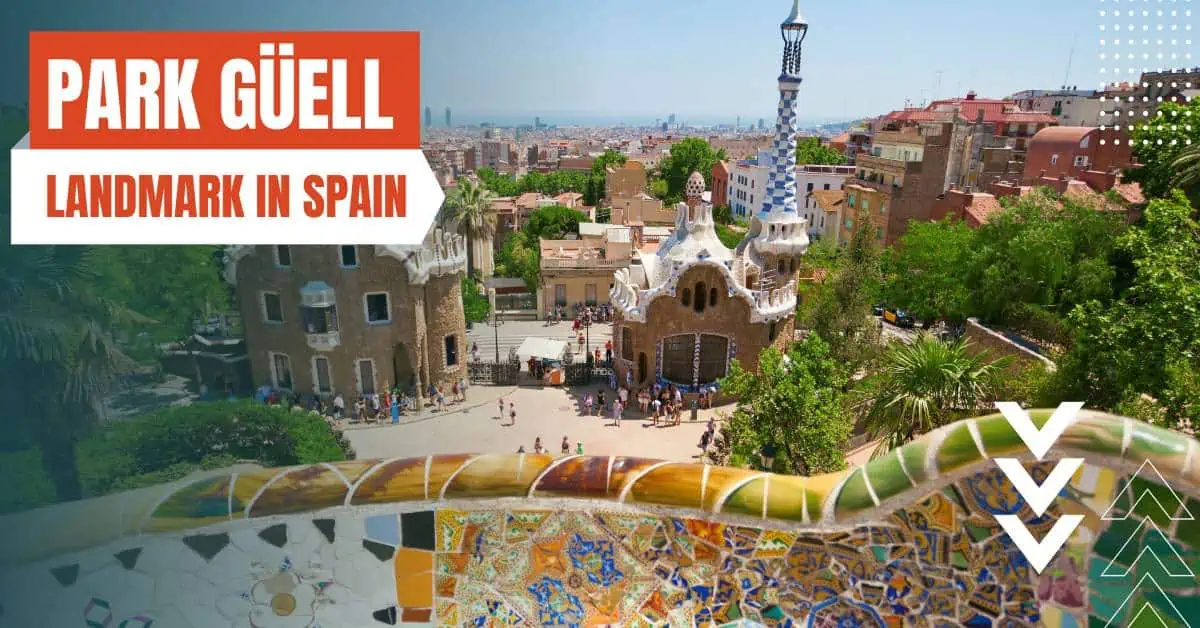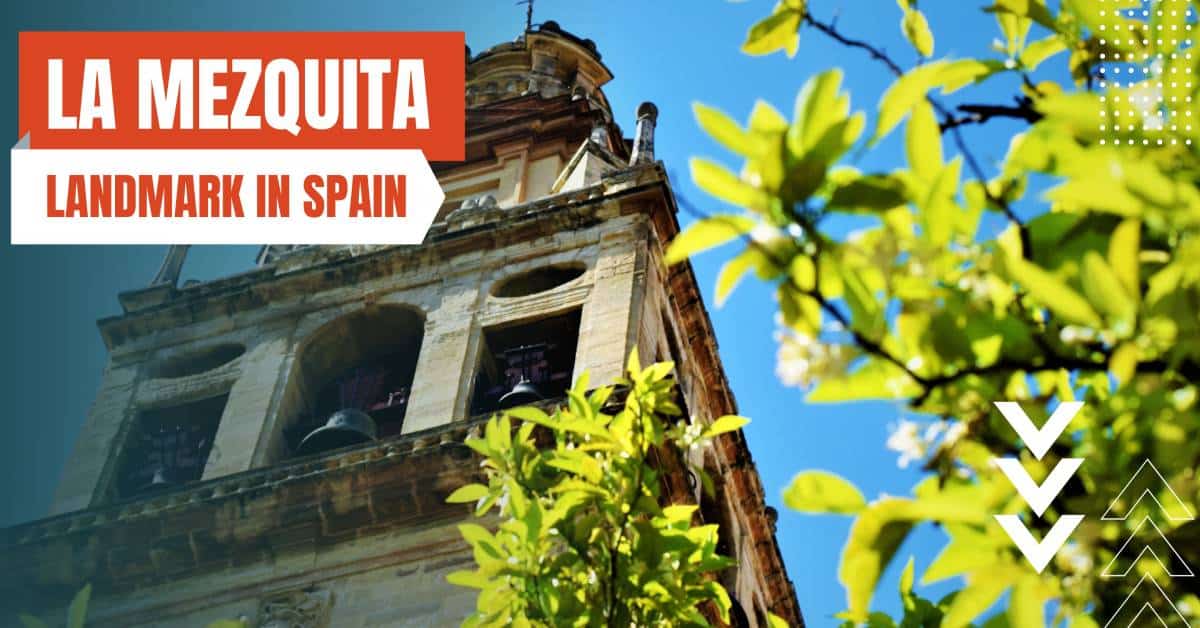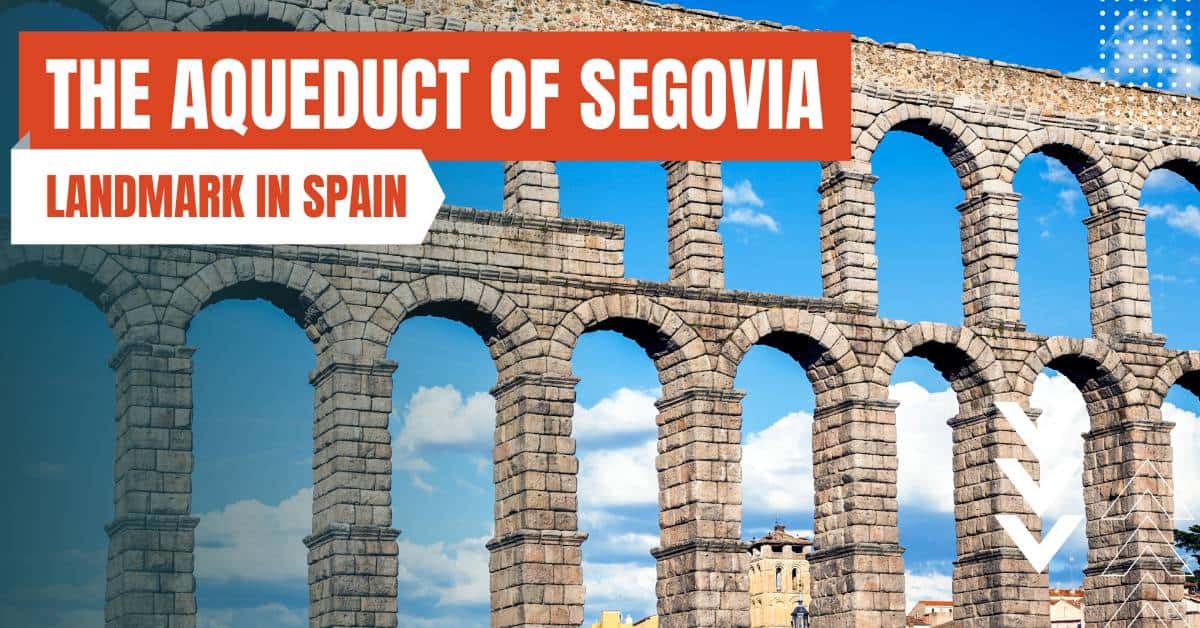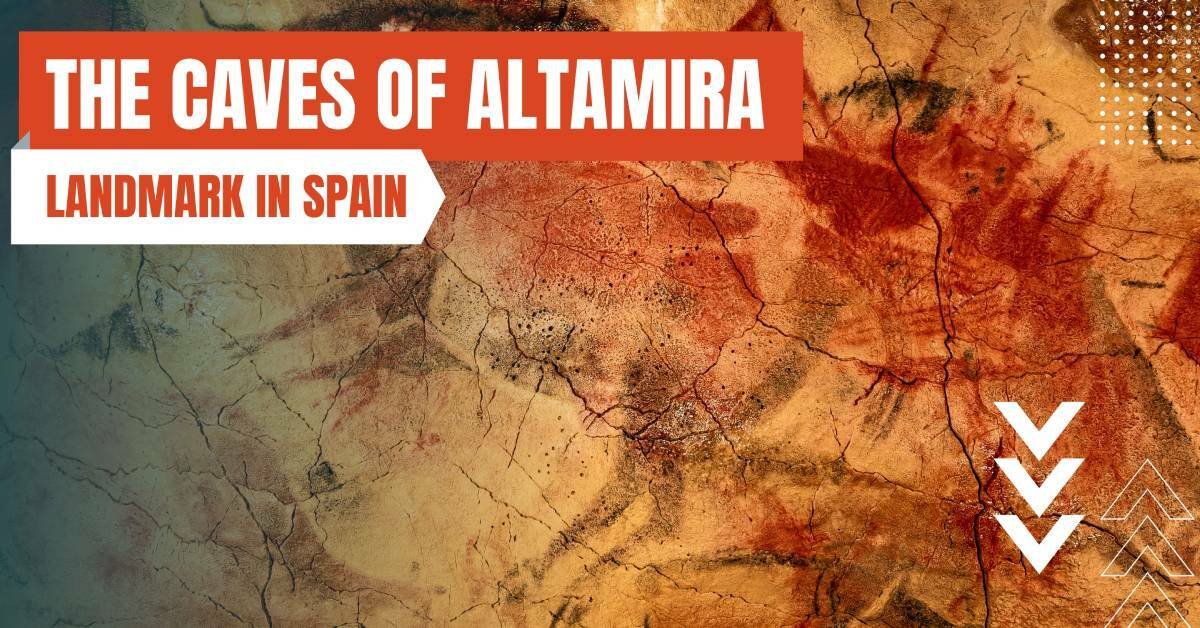All of the products and services we feature are chosen independently. If you click through links we provide, we may earn a commission. Learn more
Written by: Emily Chen
Landmarks in Spain
- Updated: September 30, 2023 | Published:
Spain, a country steeped in history and bursting with vibrant culture, boasts an array of awe-inspiring landmarks that attract millions of visitors each year.
From the architectural masterpieces of Antoni Gaudí in Barcelona to the ancient Roman aqueduct in Segovia, Spain’s landmarks offer a fascinating glimpse into the country’s rich past and diverse influences. In this article, we invite you to embark on a journey through Spain’s top landmarks, exploring their unique features, captivating stories, and stunning vistas.
Whether you’re a history enthusiast, an art lover, or simply looking to experience the best of Spain, these landmarks are sure to leave a lasting impression and inspire a sense of wonder.
Iconic Landmarks in Spain
1. La Sagrada Familia, Barcelona

- Best Time to Visit: Spring and Fall
- What to Expect: An awe-inspiring basilica, audio-guided tours, the museum, and panoramic city views from the towers
- Ideal For: Families, solo travelers, architecture enthusiasts
- Yearly Visitor Count: Approximately 4.5 million
- Geographical Location: Catalonia, Barcelona
La Sagrada Familia, the iconic masterpiece by architect Antoni Gaudí, has been under construction since 1882. This breathtaking basilica showcases an intricate blend of Gothic and Art Nouveau styles. Located in Barcelona, Catalonia, visitors can embark on audio-guided tours, which provide detailed information about the basilica’s history and Gaudí’s vision.
The on-site museum offers insights into the construction process, and those who book tower access can enjoy panoramic views of Barcelona.
2. The Alhambra, Granada

- Best Time to Visit: Spring and Fall
- What to Expect: A palace and fortress complex, guided tours, gardens, and breathtaking views
- Ideal For: Families, solo travelers, history enthusiasts
- Yearly Visitor Count: Approximately 2.7 million
- Geographical Location: Andalusia, Granada
The Alhambra, a stunning palace and fortress complex, was once home to the Nasrid dynasty in Granada, Andalusia. Dating back to the 13th century, visitors can explore its intricate architecture, lush gardens, and courtyards with guided tours.
Don’t miss the Generalife gardens and the breathtaking views of the Sierra Nevada Mountains.
3. Park Güell, Barcelona

- Best Time to Visit: Spring and Fall
- What to Expect: A public park with colorful mosaics, unique architecture, and panoramic views
- Ideal For: Families, solo travelers, art enthusiasts
- Yearly Visitor Count: Approximately 3 million
- Geographical Location: Catalonia, Barcelona
Park Güell, another masterpiece by Antoni Gaudí, is a public park that boasts a unique blend of architecture, gardens, and vibrant mosaics. Visitors can stroll through the park, take in panoramic views of Barcelona, and enjoy the whimsical architectural elements, such as the serpentine bench and the mosaic lizard.
Traveling to Spain and need mobile internet? Compare eSIMs for Spain from over 20+ Prepaid eSIM providers
4. The Prado Museum, Madrid

- Best Time to Visit: Spring and Fall
- What to Expect: A renowned art museum with an extensive collection of European art, guided tours, and special exhibitions
- Ideal For: Families, solo travelers, art enthusiasts
- Yearly Visitor Count: Approximately 3 million
- Geographical Location: Madrid
The Prado Museum, located in Madrid, houses one of the world’s most significant collections of European art. Visitors can explore works by renowned artists such as Velázquez, Goya, and El Greco. Guided tours and special exhibitions provide a deeper understanding of the art and its history.
5. The Royal Palace, Madrid

- Best Time to Visit: Spring and Fall
- What to Expect: A stunning palace with guided tours, art collections, and lush gardens
- Ideal For: Families, solo travelers, history enthusiasts
- Yearly Visitor Count: Approximately 1.5 million
- Geographical Location: Madrid
The Royal Palace, the official residence of the Spanish Royal Family, is a stunning architectural marvel located in Madrid. Visitors can tour the palace’s opulent rooms, view its extensive art collections, and explore the lush gardens surrounding the palace.
6. The Guggenheim Museum, Bilbao

- Best Time to Visit: Spring and Fall
- What to Expect: A contemporary art museum with innovative architecture, art exhibitions, and guided tours
- Ideal For: Families, solo travelers, art enthusiasts
- Yearly Visitor Count: Approximately 1 million
- Geographical Location: Basque Country, Bilbao
The Guggenheim Museum in Bilbao, designed by architect Frank Gehry, is a contemporary art museum known for its innovative architecture and captivating exhibitions. Visitors can explore the museum’s extensive art collections, attend guided tours, and take in the striking exterior, which features titanium, glass, and limestone.
7. La Mezquita, Córdoba

- Best Time to Visit: Spring and Fall
- What to Expect: A historical mosque-cathedral, guided tours, and stunning architecture
- Ideal For: Families, solo travelers, history enthusiasts
- Yearly Visitor Count: Approximately 1.5 million
- Geographical Location: Andalusia, Córdoba
La Mezquita, a UNESCO World Heritage Site, is a unique mosque-cathedral in Córdoba, Andalusia. Dating back to the 8th century, it showcases a fascinating blend of Islamic and Christian architecture. Visitors can explore the building’s captivating history through guided tours and marvel at the iconic red and white arches.
8. Casa Batlló, Barcelona

- Best Time to Visit: Spring and Fall
- What to Expect: A Gaudí-designed building, guided tours, and a rooftop terrace with city views
- Ideal For: Families, solo travelers, architecture enthusiasts
- Yearly Visitor Count: Approximately 1 million
- Geographical Location: Catalonia, Barcelona
Casa Batlló, another of Antoni Gaudí’s architectural masterpieces, is a colorful, unique building located in Barcelona. Visitors can take guided tours through its enchanting rooms, explore the rooftop terrace with panoramic city views, and learn about Gaudí’s vision and design concepts.
9. The City of Arts and Sciences, Valencia

- Best Time to Visit: Spring and Fall
- What to Expect: A modern cultural complex, an opera house, a science museum, an IMAX cinema, and an oceanographic park
- Ideal For: Families, solo travelers, science and art enthusiasts
- Yearly Visitor Count: Approximately 2 million
- Geographical Location: Valencia
The City of Arts and Sciences, designed by architects Santiago Calatrava and Félix Candela, is a striking, modern cultural complex in Valencia. Visitors can explore its various components, including an opera house, a science museum, an IMAX cinema, and Europe’s largest oceanographic park.
10. The Cathedral of Santiago de Compostela

- Best Time to Visit: Spring and Fall
- What to Expect: A historic cathedral, guided tours, and the culmination of the Camino de Santiago pilgrimage
- Ideal For: Families, solo travelers, history enthusiasts
- Yearly Visitor Count: Approximately 2.5 million
- Geographical Location: Galicia, Santiago de Compostela
The Cathedral of Santiago de Compostela, a UNESCO World Heritage Site, is a stunning Romanesque cathedral and the final destination of the famous Camino de Santiago pilgrimage.
Visitors can explore the cathedral’s history and architecture through guided tours and witness the swinging of the “Botafumeiro,” a giant incense burner used in special ceremonies.
11. The Aqueduct of Segovia

- Best Time to Visit: Spring and Fall
- What to Expect: A well-preserved Roman aqueduct, historical city center, and guided tours
- Ideal For: Families, solo travelers, history enthusiasts
- Yearly Visitor Count: Approximately 1 million
- Geographical Location: Castile and León, Segovia
The Aqueduct of Segovia, another UNESCO World Heritage Site, is a remarkably well-preserved Roman aqueduct located in the historical city of Segovia. Visitors can admire the impressive engineering feat, explore the city’s charming streets, and learn about the history of the aqueduct through guided tours.
12. The Caves of Altamira, Cantabria

- Best Time to Visit: Spring and Fall
- What to Expect: Prehistoric cave paintings, guided tours, a replica cave, and a museum
- Ideal For: Families, solo travelers, history enthusiasts
- Yearly Visitor Count: Approximately 250,000
- Geographical Location: Cantabria, near the town of Santillana del Mar
The Caves of Altamira, a UNESCO World Heritage Site, house some of the most remarkable prehistoric cave paintings in the world. Discovered in the late 19th century, these caves showcase vivid depictions of animals and human hands, dating back around 36,000 years.
Visitors can experience a replica cave that replicates the paintings, take guided tours, and explore the museum to learn about the history and significance of the cave art. Due to preservation efforts, access to the original cave is extremely limited and available only through a lottery system.
By entering your email & signing up, you agree to receive promotional emails on eSIMs and insider tips. You can unsubscribe or withdraw your consent at any time.

About The Author
Related Articles
Spread the Word, Share the Joy
Compare eSIMs
Why keep the secret to yourself? Spread the joy of eSIMradar and let everyone in on the eSIM experience!

Easy eSIM Comparison for Your Needs
Simplifying your search! Easily compare eSIM plans tailored to your specific needs

Coverage in 210+ Countries
Benefit from our extensive eSIM comparison with 30+ providers in over 210 destinations.

Save money without second-guessing
Our platform helps you maximize value, ensuring competitive prices.

Enjoy Hassle-Free Travel Abroad
Whether you’re on holiday or a business trip abroad, stay connected with ease and focus on enjoying your experiences,
Find Your Perfect eSIM & Exclusive Deals!
Find your ideal eSIM effortlessly and stay connected in style wherever your adventures take you! Get exclusive deals and discounts at your fingertips, ensuring you get connected for less on your travels!









